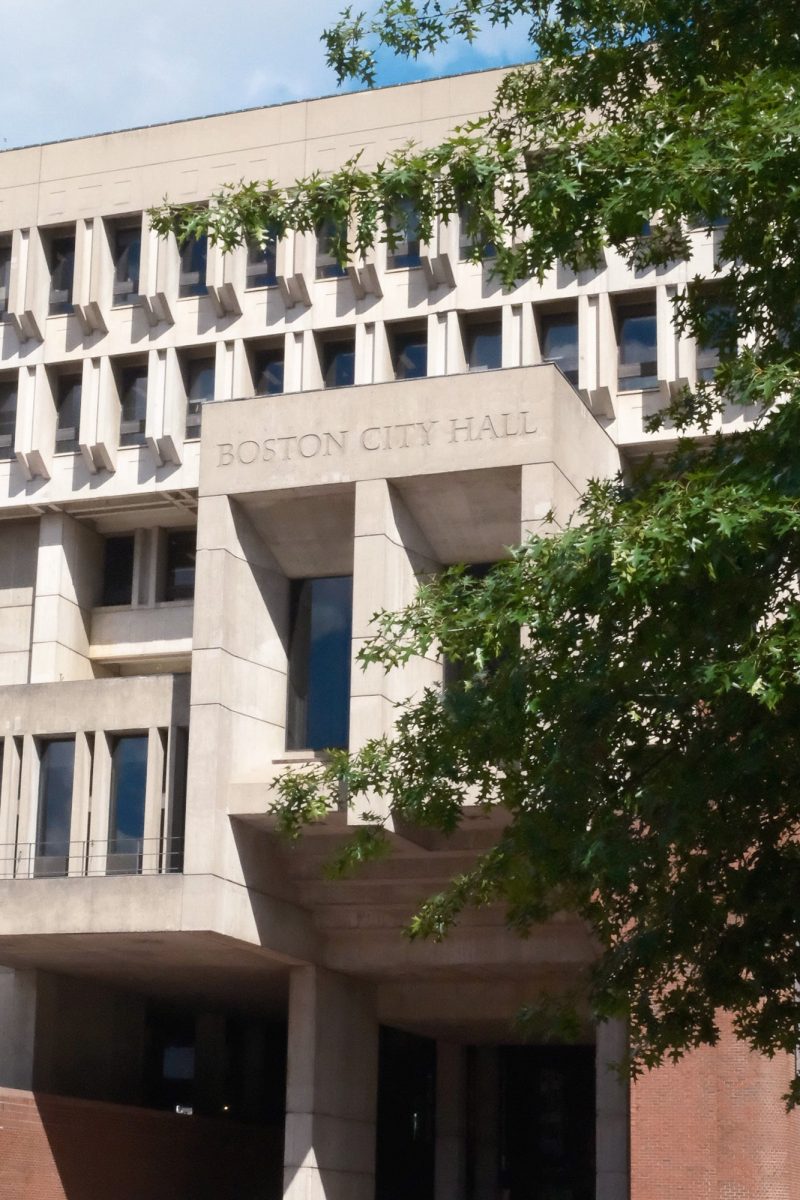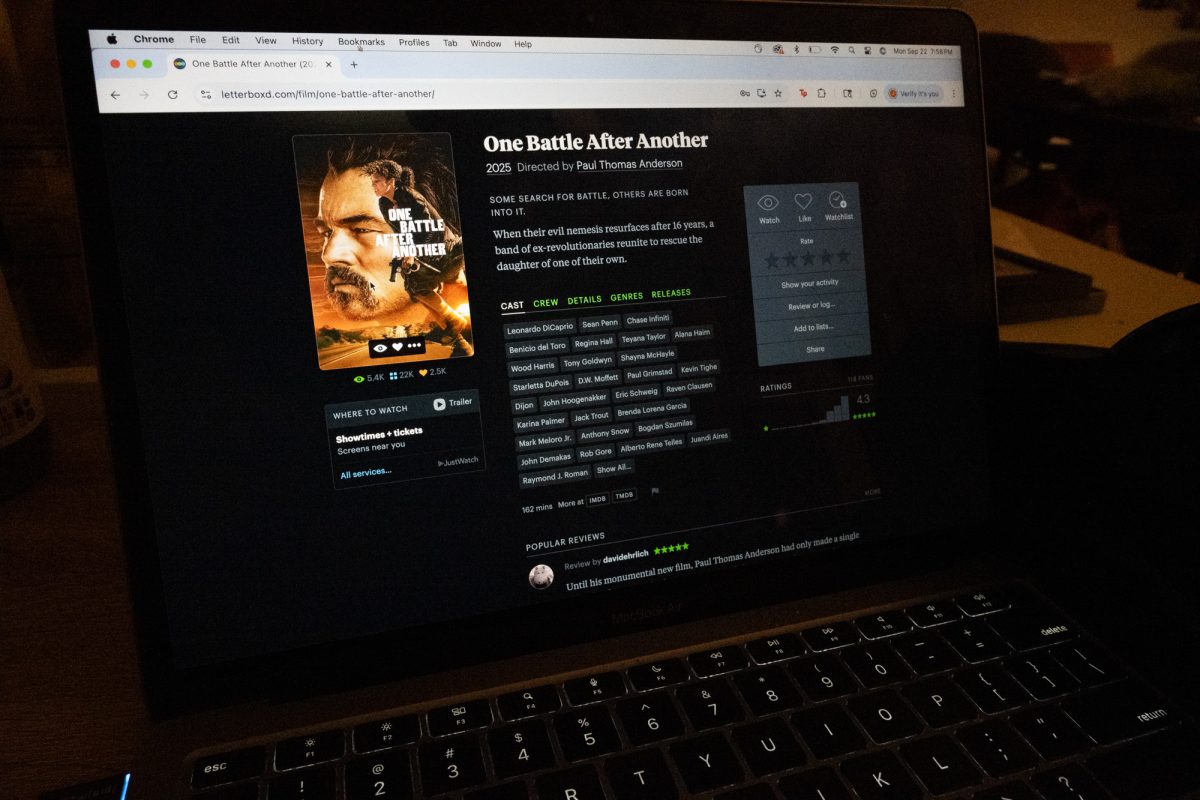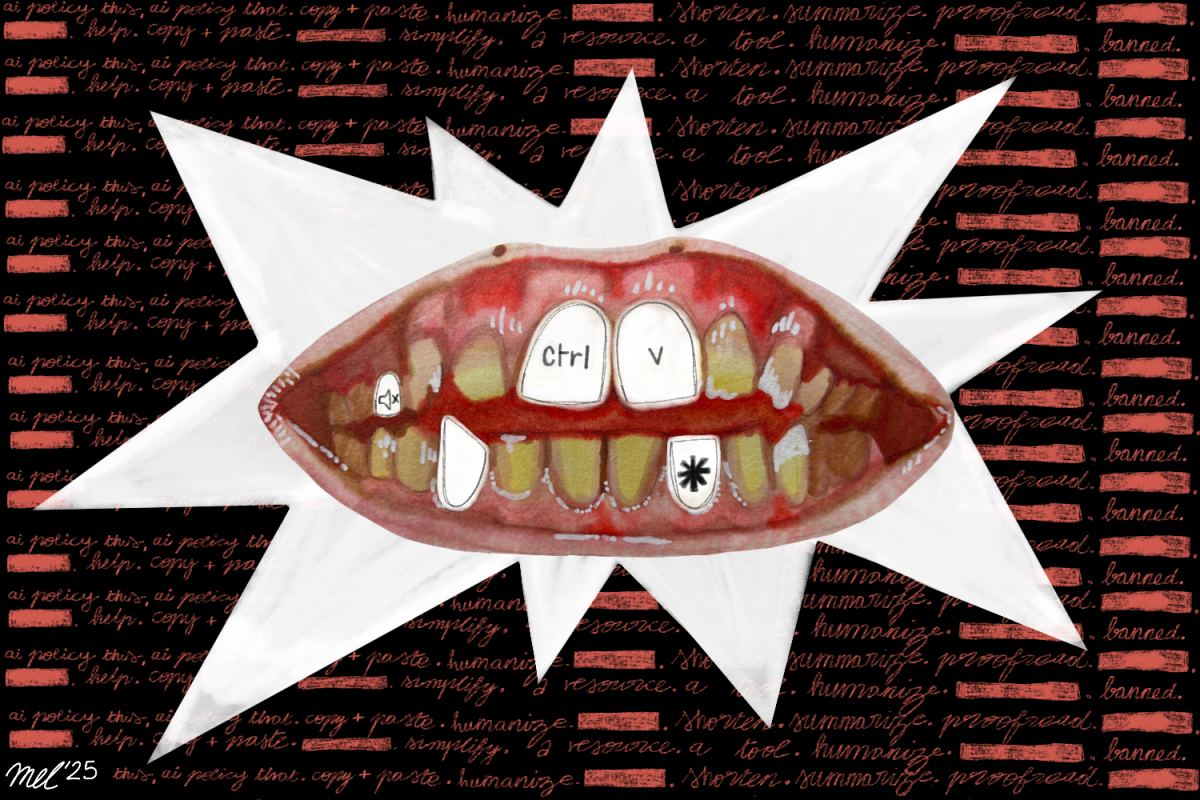By Sophie Nye
Biking paths in Boston can be narrow, close to busy roads and devoid of protective barriers. The quality of those paths are also inconsistent throughout the city, and in some places, paths are nonexistent.

The city also ranks poorly in its network of bike routes — PeopleForBikes, a national nonprofit working to support biking, rated Boston 1.3 out of 5 stars for its ability to connect riders to various destinations.
To solve this issue, Cambridge-based LivableStreets Alliance is striving to create 200 miles of shared-use “greenway” paths in the urban core of Boston by 2030, to allow bikers to travel between different communities more fluidly.
Greenway paths are protected lanes where cyclists can ride in a space separated from other vehicles, and are typically constructed in “green” spaces such as parks or trails off of major roadways.
This initiative — the Emerald Network — is a reference to Boston’s Emerald Necklace: a collection of pre-existing green spaces such as the Boston Common, Back Bay Fens, Charles River Bike Path and Minuteman Bikeway.
LiveableStreets is a nonprofit organization that advocates for convenient transportation solutions for Boston residents.
Ambar Johnson, program director for LivableStreets, said although green spaces are scattered throughout Boston, residents currently lack safe, non-motorized routes that connect them to these spaces.
Johnson said transportation inequalities become especially important to address during a public health crisis.
“As we’ve seen during the age of [COVID-19], people having access to green space is imperative for their mental health, their physical health,” Johnson said. “Making sure that every person who lives within this area has equal and equitable access to green space is incredibly important.”
The Emerald Network, Johnson said, will allow Bostonians to have access to greenways that they could use to ride their bicycle to work, school, recreational facilities or any other location. Without these protected paths, she said, many people cannot conveniently access areas within their community.
“If you live in a neighborhood that does not have access to greenways, your options to safely go to the store directly or even just be outside is extremely limited,” Johnson said.
If not given safe paths for biking, Johnson said, residents’ options may be limited to driving, or walking on “unsafe” paths that don’t have protective infrastructure.
James O’Connell, a professor at BU’s Metropolitan College of City Planning and Urban Affairs, said the pandemic has caused major issues for public transportation: people are taking buses and trains much less frequently.
In northern European countries such as Denmark and the Netherlands, bike paths that offer more protection from cars and other hazards increase the number of bikers on the road. O’Connell said he thinks this idea could translate well in the U.S.
“If you could make it where it really is safer, you don’t have to compete with cars, then you’ll see a lot more people [biking],” O’Connell said. “It’s a small percentage who are really ready to brave driving and city-motorized traffic on a regular basis.”
Johnson said she hopes the Emerald Network Program can become an extensive transportational support system to grant everyone the opportunity to travel freely throughout Boston.
“Transportation is the nexus of what we do,” Johnson said. “But we also ensure that transportation can literally be a vehicle to connect people to open spaces and streets that are safe and vibrant.”










































































































